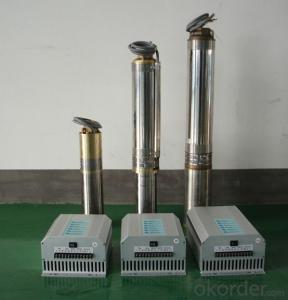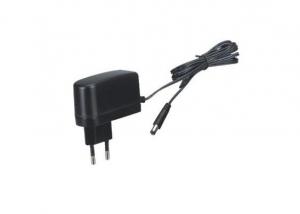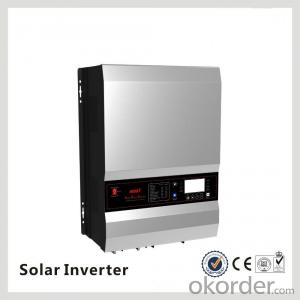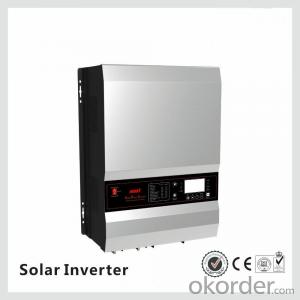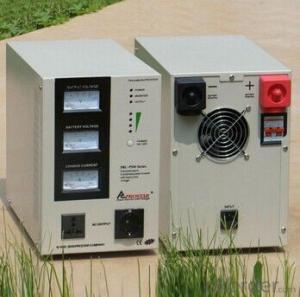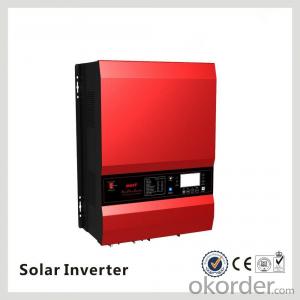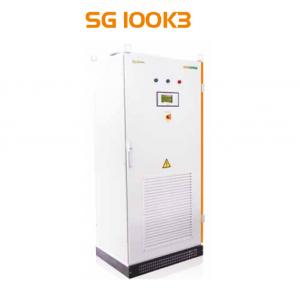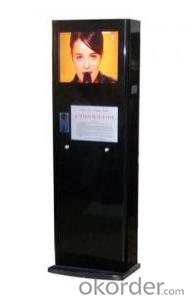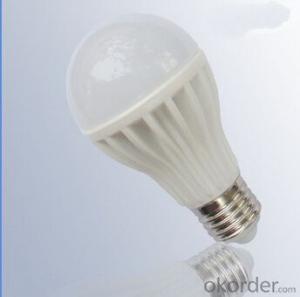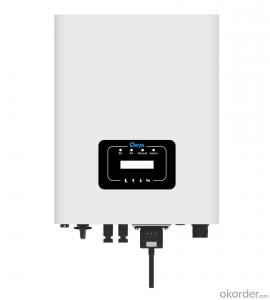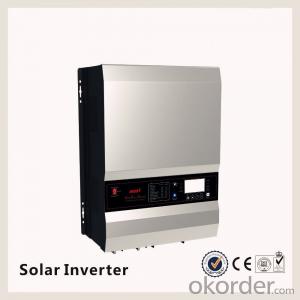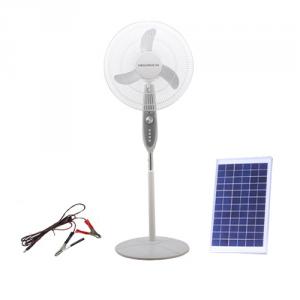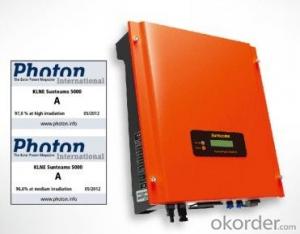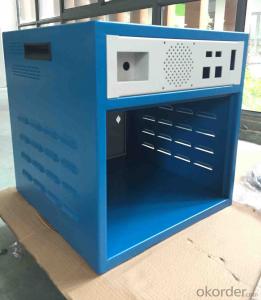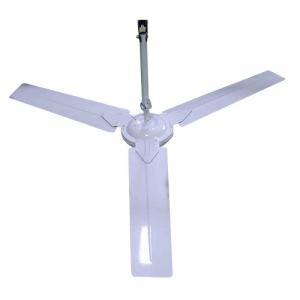Solar Inverter 12kw
Solar Inverter 12kw Related Searches
12kw Solar Inverter 12kw Inverter Solar 12 Kw Solar Inverter 12 Volt Solar Inverter 12v Solar Inverter 12v Solar Power Inverter Solar Power Inverter 12v 12 Volt Solar Panel Inverter 12v Solar Panel Inverter 1200 Watt Solar Inverter 12v Hybrid Solar Inverter 12 Volt Solar Inverter Charger Solar Inverter Charger 12v Solar Ark 12k Inverter 12v Solar Inverter Charger 120v Solar Inverter Solar 120v Inverter 12v To 120v Solar Inverter Mppt Solar Inverter 12 Volt Best 12v Solar Inverter 12000 Watt Solar Inverter 12v Solar Inverter Price 12v Mppt Solar Inverter 120/240 Volt Solar Inverter Solar Panel 120v Inverter Mpp Solar Inverter 12v Solar Inverter 12v To 240v 11kw Solar Inverter Solar 2kw Inverter 2kw Inverter SolarSolar Inverter 12kw Supplier & Manufacturer from China
Solar Inverter 12kw is a crucial component in photovoltaic systems, designed to convert the direct current (DC) generated by solar panels into alternating current (AC) that can be fed into the electrical grid or used by household appliances. This product is engineered to handle the power requirements of medium-sized solar installations, ensuring efficient energy conversion and optimal system performance.The 12kw solar inverter finds its application in various scenarios, such as residential homes, commercial buildings, and small-scale industrial facilities. It is particularly useful for those looking to harness the power of the sun to reduce their reliance on traditional energy sources and lower their electricity bills. By integrating this inverter into their solar power setup, users can effectively manage and utilize the energy generated by their solar panels, making it a sustainable and cost-effective solution for meeting their power needs.
Okorder.com stands as a reputable wholesale supplier of Solar Inverter 12kw, boasting a vast inventory to cater to the diverse needs of customers worldwide. With a commitment to quality and customer satisfaction, Okorder.com ensures that each 12kw solar inverter is of the highest standard, providing reliable performance and longevity. By offering competitive prices and efficient shipping, Okorder.com has become a go-to platform for those seeking to purchase this essential solar power component.
Hot Products
